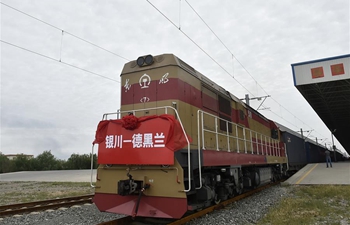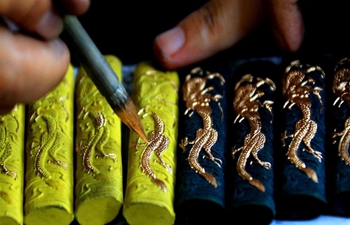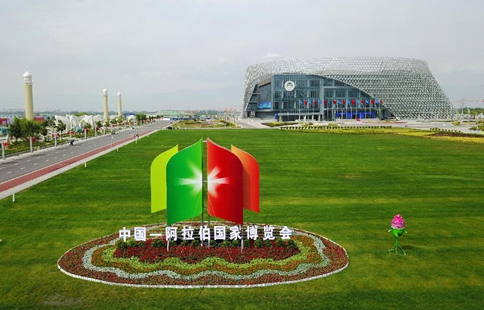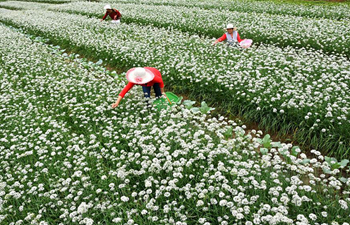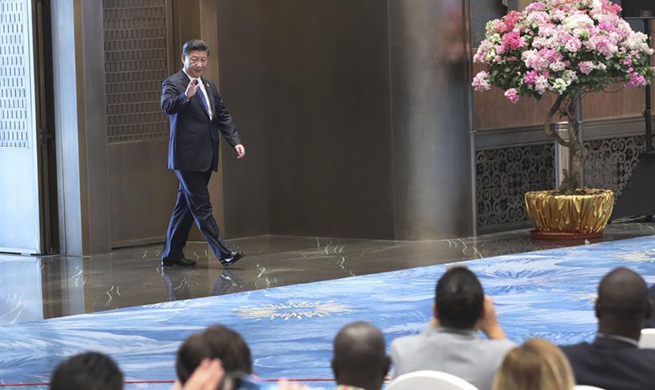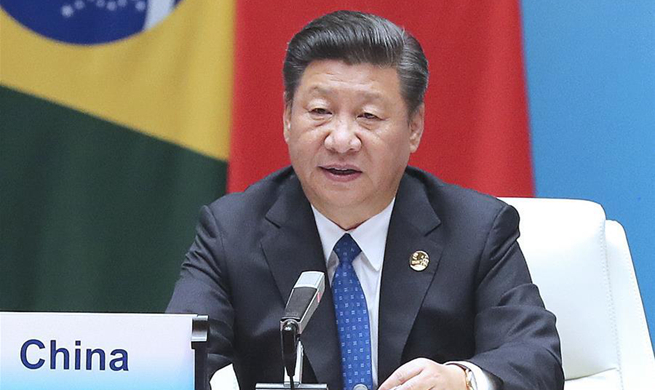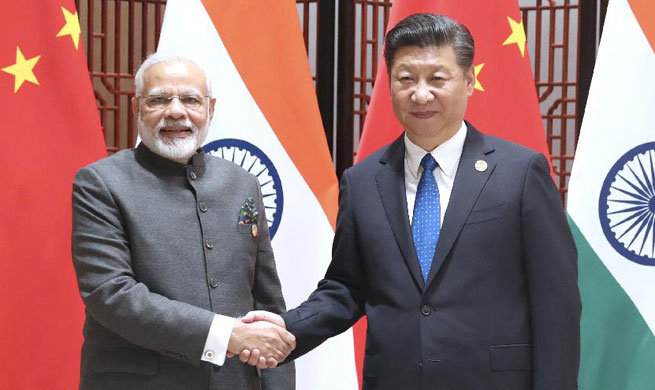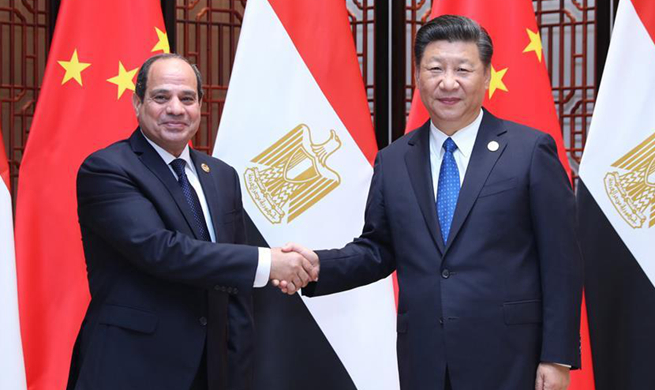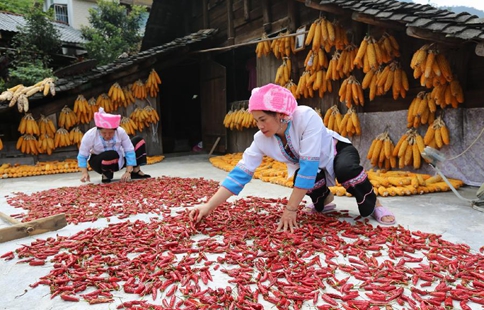GUANGZHOU, Sept. 5 (Xinhua) -- After a villager reported a foul odor in the air, environmental authorities of Dongguan City in south China's Guangdong Province dispatched a drone to Zhancui Village.
Equipped with several high-precision gas sensors, the drone is capable of detecting eight air pollutants, such as volatile organic chemicals (VOCs), sulfur dioxide, nitrogen dioxide and PM2.5.
Hovering around 100 meters from the ground, the flying machine transmitted real-time monitoring data and geographic coordinates. Within 30 minutes, the drone produced a distribution map showing the levels of VOCs. Three red dots on the map indicated abnormal levels of the gas in the area.
Law enforcement officers then located the source of the pollution and punished three factories that had directly discharged waste gas into the air.
Known as the world's factory, Dongguan is a leading production base for garments and gadgets. One-fifth of the world's smartphones are produced there, as are one-fifth of the world's sweaters.
As of the first half of 2017, the total number of registered market entities in Dongguan had surpassed 900,000.
With so many factories crammed into a region around twice the size of Hong Kong, detecting pollution sources has long been a challenge for environmental inspectors.
Drones have offered a solution.
Dongguan started using drones to assist law enforcement in environmental protection in 2016.
At the very beginning, the city used common drones to take aerial photos to detect polluters. The photos were analyzed by environmental inspectors based on their own knowledge and experience.
"For example, the walls or work sheds of polluting factories showed signs of corrosion," said Chen Baihui, deputy director with the environment monitoring branch of the Dongguan Environmental Protection Bureau.
The pollution-detecting drone, co-developed by Shenzhen-based SciflyTech and Guangdong IntelFlight UAV Ltd., was introduced to the city early this year.
Jiang Shutong, the founder of SciflyTech, installed the "nose" and "brain" of the drones after he realized that drones, combined with artificial intelligence, may help China in environmental protection, which has been high on the country's agenda.
Attracted by a vibrant drone market, Jiang returned to China after graduating from the University of Auckland in New Zealand in 2016 and set up his own company in Shenzhen.
In addition to detecting eight types of pollutants, the drone can record information, including time, longitude and latitude, while collecting data to create an analysis report.
According to Chen, it was the third public tip-off in Zhancui Village. In the previous two reports, environmental inspectors failed to locate the exact pollution sources without the help of drones.
He estimated that one pollution-detecting drone can do the work of more than 60 environmental inspectors.
Take Zhancui Village's case for example. Traditional investigations require six law enforcement officers to work two days. "And they may ultimately fail to locate the source of pollution," he said.
"Pollution-detecting drones are good at detecting waste gases in a certain region and can help the government fight pollution," said Li Qi, deputy general manager with IntelFlight.
Drones are also being used for creating news reports, delivering packages, and taking selfies.
Chinese online retailer JD.com started conducting trial deliveries using smaller drones in 2016. It plans to roll out a drone that can carry packages weighing as much as 200 kilograms for long-distance deliveries.
The overall market for unmanned aerial vehicles (UAVs), commonly known as drones, is expected to reach 75 billion yuan (around 11 billion U.S. dollars) by 2025 in China, according to an iResearch report last year.
The report predicted that aerial photography by drone will generate 30 billion yuan alone. The revenue from drones in agriculture, forestry, power inspection and security is expected to be about 40 billion yuan.
The drone market is booming, but so is the counter-drone service industry, as critics worry that too many flying machines may infringe on privacy and threaten national security and public safety.
The pollution-detecting drone has been used in Zhejiang and Guizhou provinces, and it will be used overseas soon.
In October, Jiang will bring the drone to Silicon Valley for an international industrial drone exhibition, seeking cooperation with foreign partners.




